Shen Wang
Decoupled Competitive Framework for Semi-supervised Medical Image Segmentation
May 30, 2025Abstract:Confronting the critical challenge of insufficiently annotated samples in medical domain, semi-supervised medical image segmentation (SSMIS) emerges as a promising solution. Specifically, most methodologies following the Mean Teacher (MT) or Dual Students (DS) architecture have achieved commendable results. However, to date, these approaches face a performance bottleneck due to two inherent limitations, \textit{e.g.}, the over-coupling problem within MT structure owing to the employment of exponential moving average (EMA) mechanism, as well as the severe cognitive bias between two students of DS structure, both of which potentially lead to reduced efficacy, or even model collapse eventually. To mitigate these issues, a Decoupled Competitive Framework (DCF) is elaborated in this work, which utilizes a straightforward competition mechanism for the update of EMA, effectively decoupling students and teachers in a dynamical manner. In addition, the seamless exchange of invaluable and precise insights is facilitated among students, guaranteeing a better learning paradigm. The DCF introduced undergoes rigorous validation on three publicly accessible datasets, which encompass both 2D and 3D datasets. The results demonstrate the superiority of our method over previous cutting-edge competitors. Code will be available at https://github.com/JiaheChen2002/DCF.
LLM-Alignment Live-Streaming Recommendation
Apr 07, 2025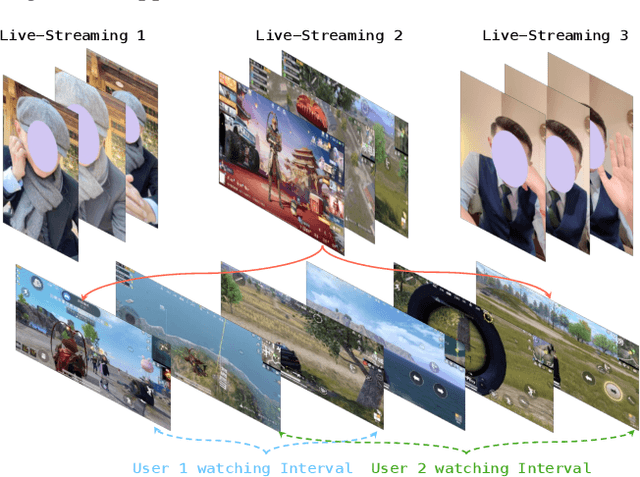



Abstract:In recent years, integrated short-video and live-streaming platforms have gained massive global adoption, offering dynamic content creation and consumption. Unlike pre-recorded short videos, live-streaming enables real-time interaction between authors and users, fostering deeper engagement. However, this dynamic nature introduces a critical challenge for recommendation systems (RecSys): the same live-streaming vastly different experiences depending on when a user watching. To optimize recommendations, a RecSys must accurately interpret the real-time semantics of live content and align them with user preferences.
UniEDU: A Unified Language and Vision Assistant for Education Applications
Mar 26, 2025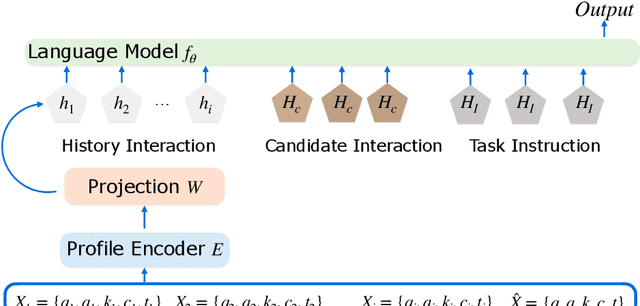
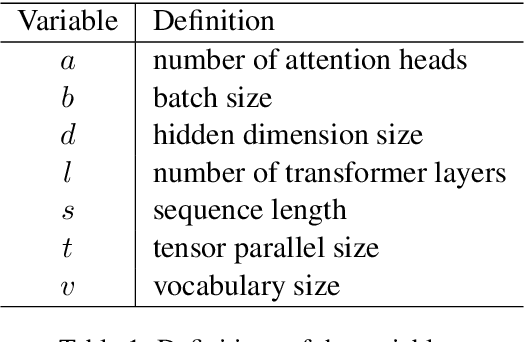
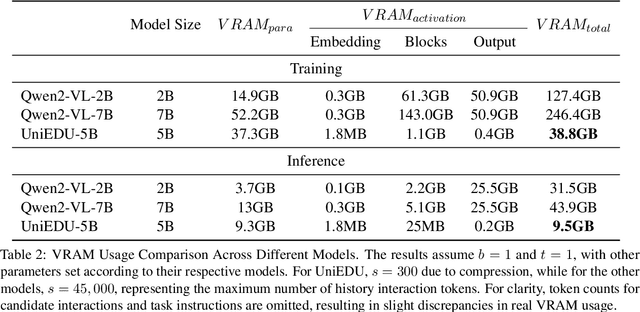
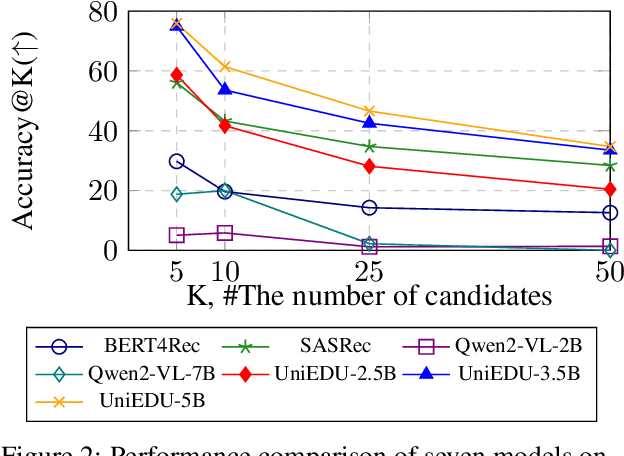
Abstract:Education materials for K-12 students often consist of multiple modalities, such as text and images, posing challenges for models to fully understand nuanced information in these materials. In this paper, we propose a unified language and vision assistant UniEDU designed for various educational applications, including knowledge recommendation, knowledge tracing, time cost prediction, and user answer prediction, all within a single model. Unlike conventional task-specific models, UniEDU offers a unified solution that excels across multiple educational tasks while maintaining strong generalization capabilities. Its adaptability makes it well-suited for real-world deployment in diverse learning environments. Furthermore, UniEDU is optimized for industry-scale deployment by significantly reducing computational overhead-achieving approximately a 300\% increase in efficiency-while maintaining competitive performance with minimal degradation compared to fully fine-tuned models. This work represents a significant step toward creating versatile AI systems tailored to the evolving demands of education.
LLM Agents for Education: Advances and Applications
Mar 14, 2025Abstract:Large Language Model (LLM) agents have demonstrated remarkable capabilities in automating tasks and driving innovation across diverse educational applications. In this survey, we provide a systematic review of state-of-the-art research on LLM agents in education, categorizing them into two broad classes: (1) \emph{Pedagogical Agents}, which focus on automating complex pedagogical tasks to support both teachers and students; and (2) \emph{Domain-Specific Educational Agents}, which are tailored for specialized fields such as science education, language learning, and professional development. We comprehensively examine the technological advancements underlying these LLM agents, including key datasets, benchmarks, and algorithmic frameworks that drive their effectiveness. Furthermore, we discuss critical challenges such as privacy, bias and fairness concerns, hallucination mitigation, and integration with existing educational ecosystems. This survey aims to provide a comprehensive technological overview of LLM agents for education, fostering further research and collaboration to enhance their impact for the greater good of learners and educators alike.
Corrections Meet Explanations: A Unified Framework for Explainable Grammatical Error Correction
Feb 21, 2025Abstract:Grammatical Error Correction (GEC) faces a critical challenge concerning explainability, notably when GEC systems are designed for language learners. Existing research predominantly focuses on explaining grammatical errors extracted in advance, thus neglecting the relationship between explanations and corrections. To address this gap, we introduce EXGEC, a unified explainable GEC framework that integrates explanation and correction tasks in a generative manner, advocating that these tasks mutually reinforce each other. Experiments have been conducted on EXPECT, a recent human-labeled dataset for explainable GEC, comprising around 20k samples. Moreover, we detect significant noise within EXPECT, potentially compromising model training and evaluation. Therefore, we introduce an alternative dataset named EXPECT-denoised, ensuring a more objective framework for training and evaluation. Results on various NLP models (BART, T5, and Llama3) show that EXGEC models surpass single-task baselines in both tasks, demonstrating the effectiveness of our approach.
FARM: Frequency-Aware Model for Cross-Domain Live-Streaming Recommendation
Feb 13, 2025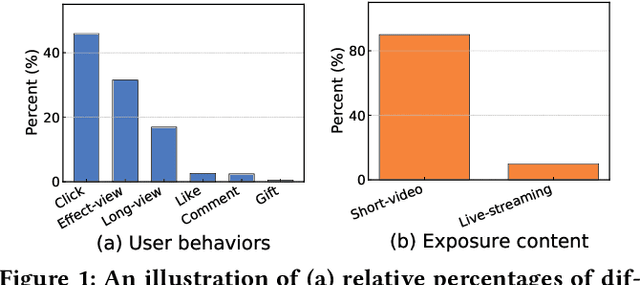

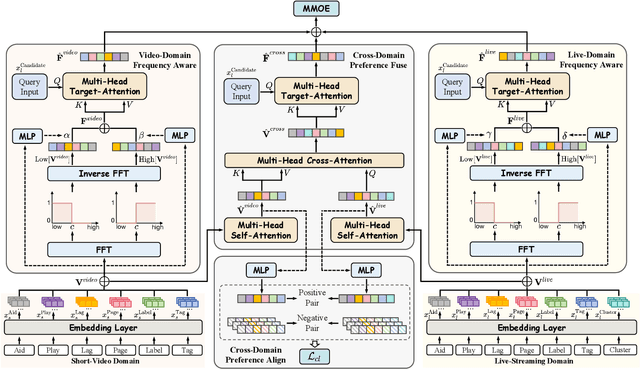

Abstract:Live-streaming services have attracted widespread popularity due to their real-time interactivity and entertainment value. Users can engage with live-streaming authors by participating in live chats, posting likes, or sending virtual gifts to convey their preferences and support. However, the live-streaming services faces serious data-sparsity problem, which can be attributed to the following two points: (1) User's valuable behaviors are usually sparse, e.g., like, comment and gift, which are easily overlooked by the model, making it difficult to describe user's personalized preference. (2) The main exposure content on our platform is short-video, which is 9 times higher than the exposed live-streaming, leading to the inability of live-streaming content to fully model user preference. To this end, we propose a Frequency-Aware Model for Cross-Domain Live-Streaming Recommendation, termed as FARM. Specifically, we first present the intra-domain frequency aware module to enable our model to perceive user's sparse yet valuable behaviors, i.e., high-frequency information, supported by the Discrete Fourier Transform (DFT). To transfer user preference across the short-video and live-streaming domains, we propose a novel preference align before fuse strategy, which consists of two parts: the cross-domain preference align module to align user preference in both domains with contrastive learning, and the cross-domain preference fuse module to further fuse user preference in both domains using a serious of tailor-designed attention mechanisms. Extensive offline experiments and online A/B testing on Kuaishou live-streaming services demonstrate the effectiveness and superiority of FARM. Our FARM has been deployed in online live-streaming services and currently serves hundreds of millions of users on Kuaishou.
Linear Attention Modeling for Learned Image Compression
Feb 09, 2025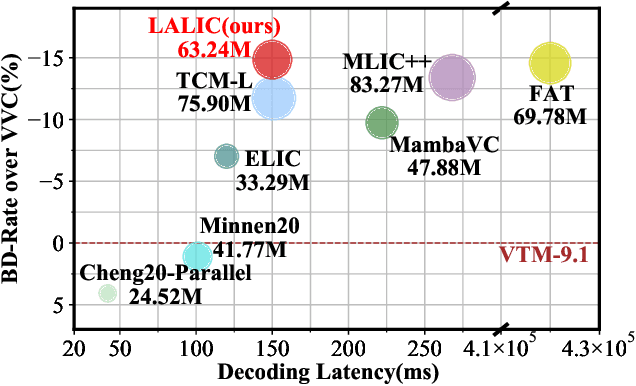



Abstract:Recent years, learned image compression has made tremendous progress to achieve impressive coding efficiency. Its coding gain mainly comes from non-linear neural network-based transform and learnable entropy modeling. However, most of recent focuses have been solely on a strong backbone, and few studies consider the low-complexity design. In this paper, we propose LALIC, a linear attention modeling for learned image compression. Specially, we propose to use Bi-RWKV blocks, by utilizing the Spatial Mix and Channel Mix modules to achieve more compact features extraction, and apply the Conv based Omni-Shift module to adapt to two-dimensional latent representation. Furthermore, we propose a RWKV-based Spatial-Channel ConTeXt model (RWKV-SCCTX), that leverages the Bi-RWKV to modeling the correlation between neighboring features effectively, to further improve the RD performance. To our knowledge, our work is the first work to utilize efficient Bi-RWKV models with linear attention for learned image compression. Experimental results demonstrate that our method achieves competitive RD performances by outperforming VTM-9.1 by -14.84%, -15.20%, -17.32% in BD-rate on Kodak, Tecnick and CLIC Professional validation datasets.
Position: LLMs Can be Good Tutors in Foreign Language Education
Feb 08, 2025Abstract:While recent efforts have begun integrating large language models (LLMs) into foreign language education (FLE), they often rely on traditional approaches to learning tasks without fully embracing educational methodologies, thus lacking adaptability to language learning. To address this gap, we argue that LLMs have the potential to serve as effective tutors in FLE. Specifically, LLMs can play three critical roles: (1) as data enhancers, improving the creation of learning materials or serving as student simulations; (2) as task predictors, serving as learner assessment or optimizing learning pathway; and (3) as agents, enabling personalized and inclusive education. We encourage interdisciplinary research to explore these roles, fostering innovation while addressing challenges and risks, ultimately advancing FLE through the thoughtful integration of LLMs.
Position: Multimodal Large Language Models Can Significantly Advance Scientific Reasoning
Feb 05, 2025



Abstract:Scientific reasoning, the process through which humans apply logic, evidence, and critical thinking to explore and interpret scientific phenomena, is essential in advancing knowledge reasoning across diverse fields. However, despite significant progress, current scientific reasoning models still struggle with generalization across domains and often fall short of multimodal perception. Multimodal Large Language Models (MLLMs), which integrate text, images, and other modalities, present an exciting opportunity to overcome these limitations and enhance scientific reasoning. Therefore, this position paper argues that MLLMs can significantly advance scientific reasoning across disciplines such as mathematics, physics, chemistry, and biology. First, we propose a four-stage research roadmap of scientific reasoning capabilities, and highlight the current state of MLLM applications in scientific reasoning, noting their ability to integrate and reason over diverse data types. Second, we summarize the key challenges that remain obstacles to achieving MLLM's full potential. To address these challenges, we propose actionable insights and suggestions for the future. Overall, our work offers a novel perspective on MLLM integration with scientific reasoning, providing the LLM community with a valuable vision for achieving Artificial General Intelligence (AGI).
Deep Reinforcement Learning for Job Scheduling and Resource Management in Cloud Computing: An Algorithm-Level Review
Jan 02, 2025



Abstract:Cloud computing has revolutionized the provisioning of computing resources, offering scalable, flexible, and on-demand services to meet the diverse requirements of modern applications. At the heart of efficient cloud operations are job scheduling and resource management, which are critical for optimizing system performance and ensuring timely and cost-effective service delivery. However, the dynamic and heterogeneous nature of cloud environments presents significant challenges for these tasks, as workloads and resource availability can fluctuate unpredictably. Traditional approaches, including heuristic and meta-heuristic algorithms, often struggle to adapt to these real-time changes due to their reliance on static models or predefined rules. Deep Reinforcement Learning (DRL) has emerged as a promising solution to these challenges by enabling systems to learn and adapt policies based on continuous observations of the environment, facilitating intelligent and responsive decision-making. This survey provides a comprehensive review of DRL-based algorithms for job scheduling and resource management in cloud computing, analyzing their methodologies, performance metrics, and practical applications. We also highlight emerging trends and future research directions, offering valuable insights into leveraging DRL to advance both job scheduling and resource management in cloud computing.
 Add to Chrome
Add to Chrome Add to Firefox
Add to Firefox Add to Edge
Add to Edge